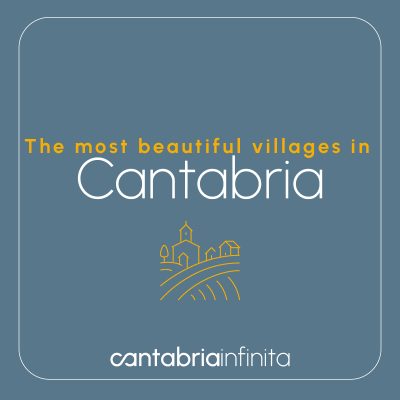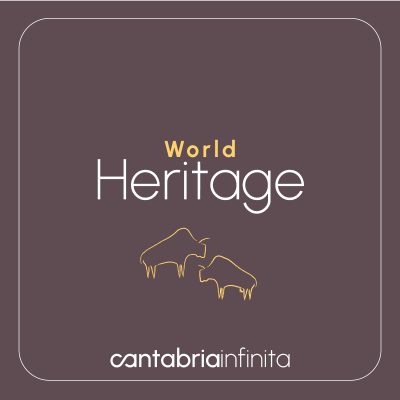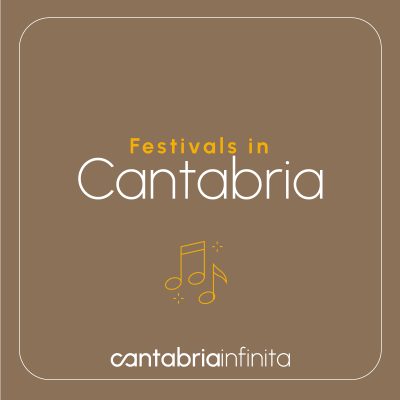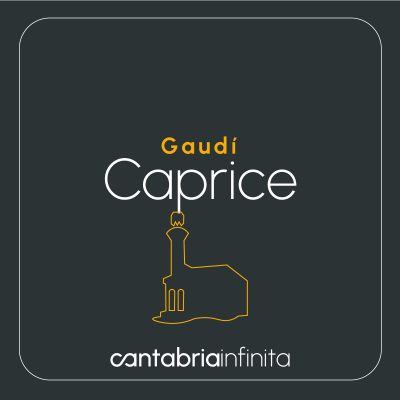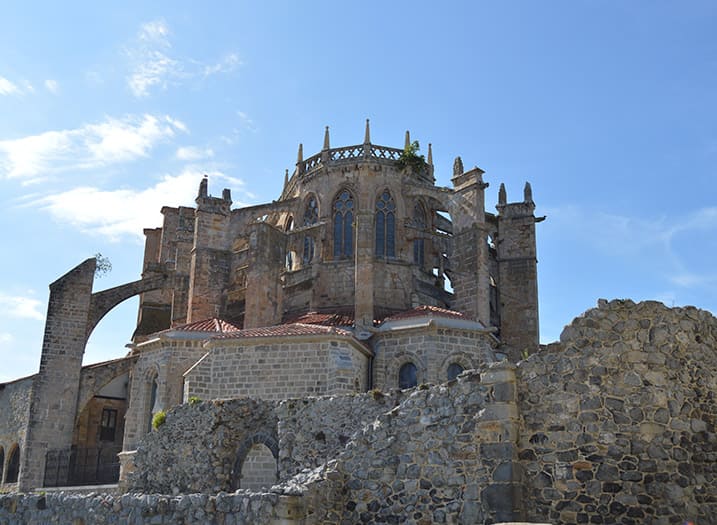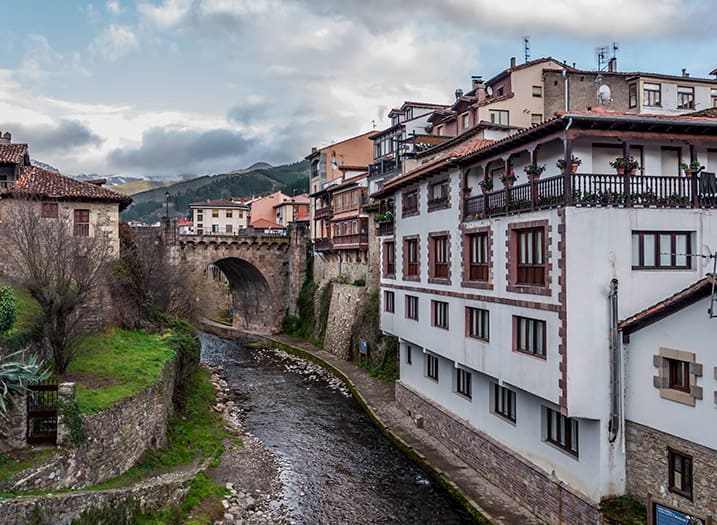Culture in Cantabria, Spain
Culture has many facets in Cantabria:
- The facet of the stone of the caves, monasteries and villages.
- The facet of the tradition of its popular festivities.
- The cutting-edge facet of its festivals, fairs and other cultural events that are revamped every year.

Cantabria is notable
Cantabria is notable for its relevant artistic and architectonic examples belonging to different periods of history.
Firstly, there are outstanding megalithic remains such as Pico Las Nieves; Roman settlements in the district of Reinosa, with the ruins of Julióbriga, Camesa-Rebolledo and pre-Roman art in the temple of Santa María de Lebeña; as well as the valuable rock-hewn churches of Campóo and Valderredible.
Secondly, multiple Romanesque churches have been preserved, such as the Colegiata de Santillana del Mar, the Colegiata de Santa Cruz de Castañeda, the Colegiata de San Pedro de Cervatos and the Colegiata de San Martín de Elines, alongside a considerable number of instances of this style in Valderredible and, to a lesser extent, in the basin of the river Besaya and in Liébana.
The church of Santa María de la Asunción in Castro Urdiales is the most renowned Gothic building in Cantabria. Numerous palaces and mansions belong to the period between the 16th and 17th centuries, from the Renaissance to the Baroque. Some preeminent historic ensembles are in Liérganes, Alceda, Cartes, Potes and especially Santillana del Mar, as well as several individual palaces like Los Acebedo in Hoznayo, Elsedo in Pámanes and Soñanes in Villacarriedo.
As to 19th-century architecture, the town of Comillas boasts the Palace of Sobrellano and the Pontifical University, along with Gaudí’s El Capricho, the Cemetery and Llimona’s Angel as instances of Catalan neo-Gothic and Modernism.
To illustrate the 20th-century architecture, in Santander stands out the Real Palacio de La Magdalena, the Casino del Sardinero and other artworks related to summer holidaying in Santander. The best examples of contemporary architecture are the Palacio de Festivales de Cantabria concert hall or the Palacio de Deportes (Sports Centre), in the city of Santander.
To do´s in Cantabria
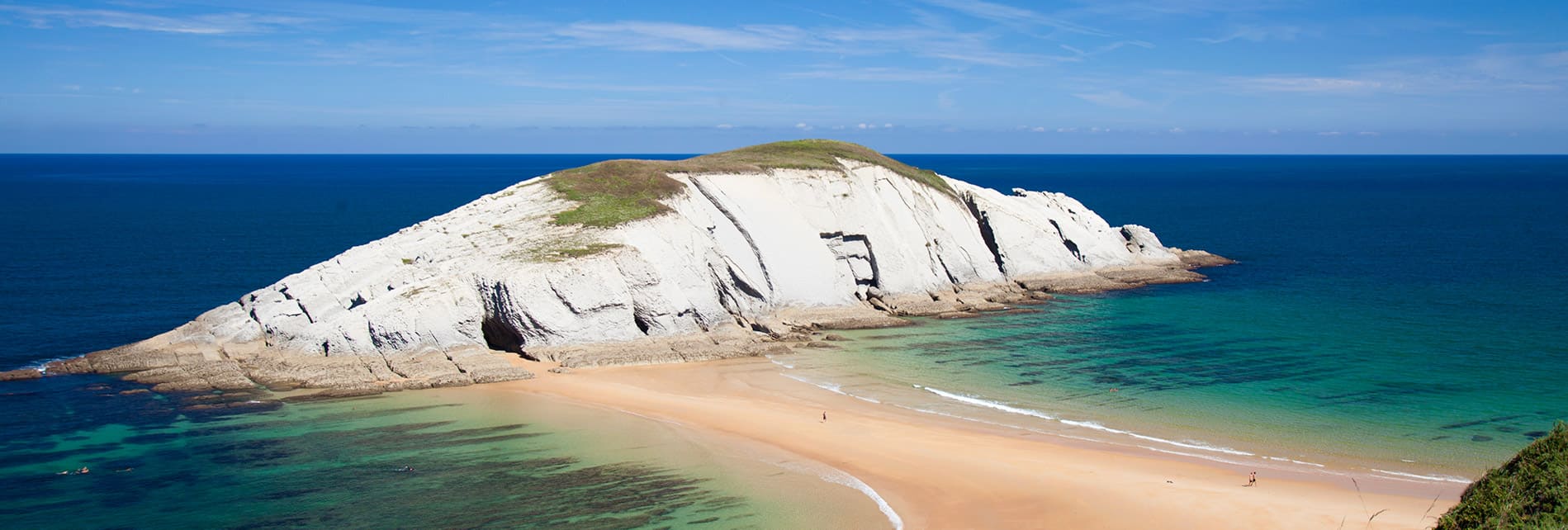
Coast
There are large, small, urban, wild, sheltered and calm beaches, open to the Cantabrian Sea or to Santander’s Bay.
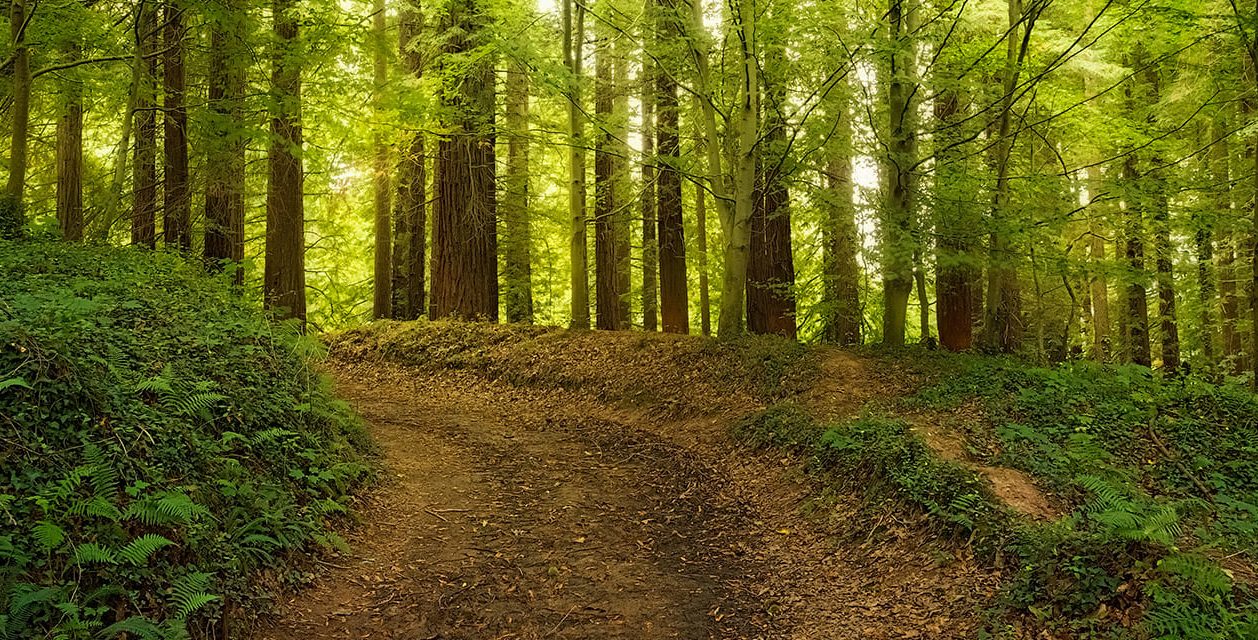
Nature
Millions of years ago, during the Alpine orogeny, the Iberian plate collided with the European plate and fabulous mountains arose from the bottom of the sea.
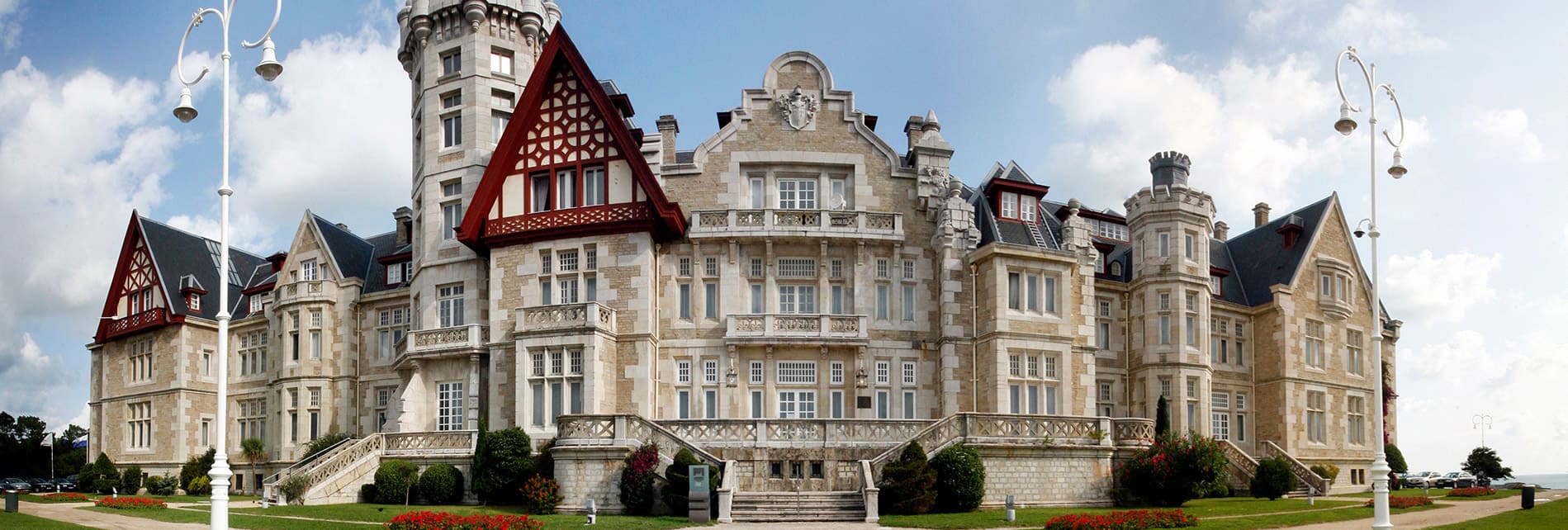
Culture
Culture has many facets in Cantabria: the facet of the stone of the caves, monasteries and villages.
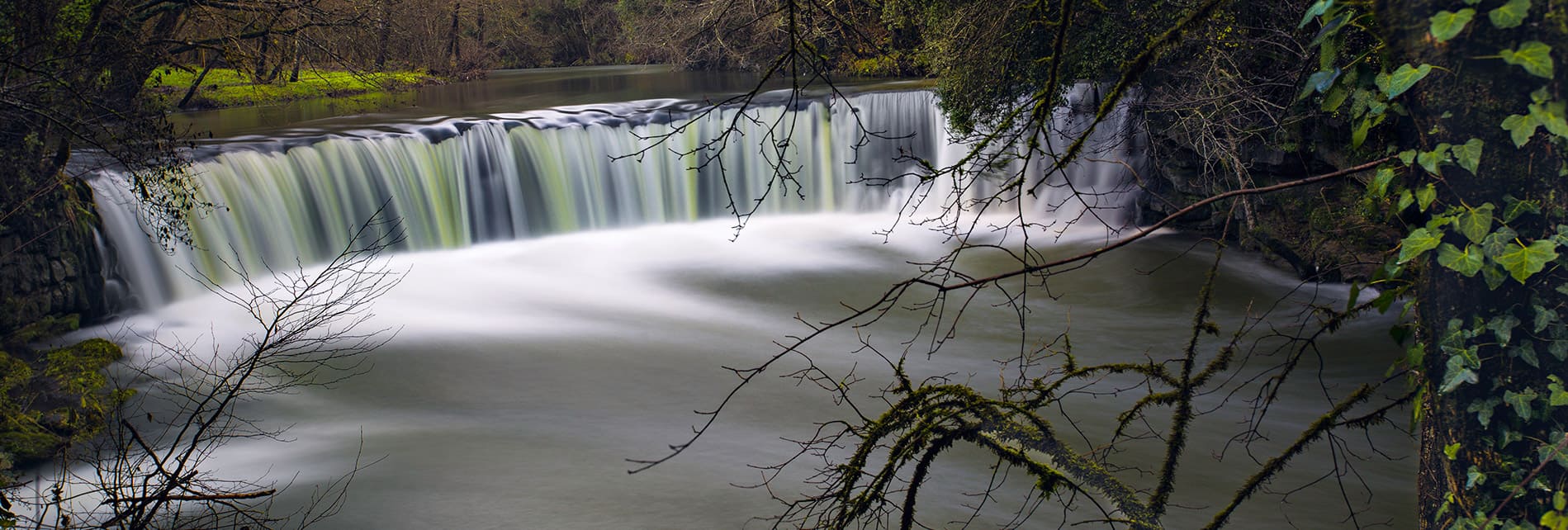
Health & Wellness
Modern life sets a hectic pace that directly affects our wellbeing and our health.
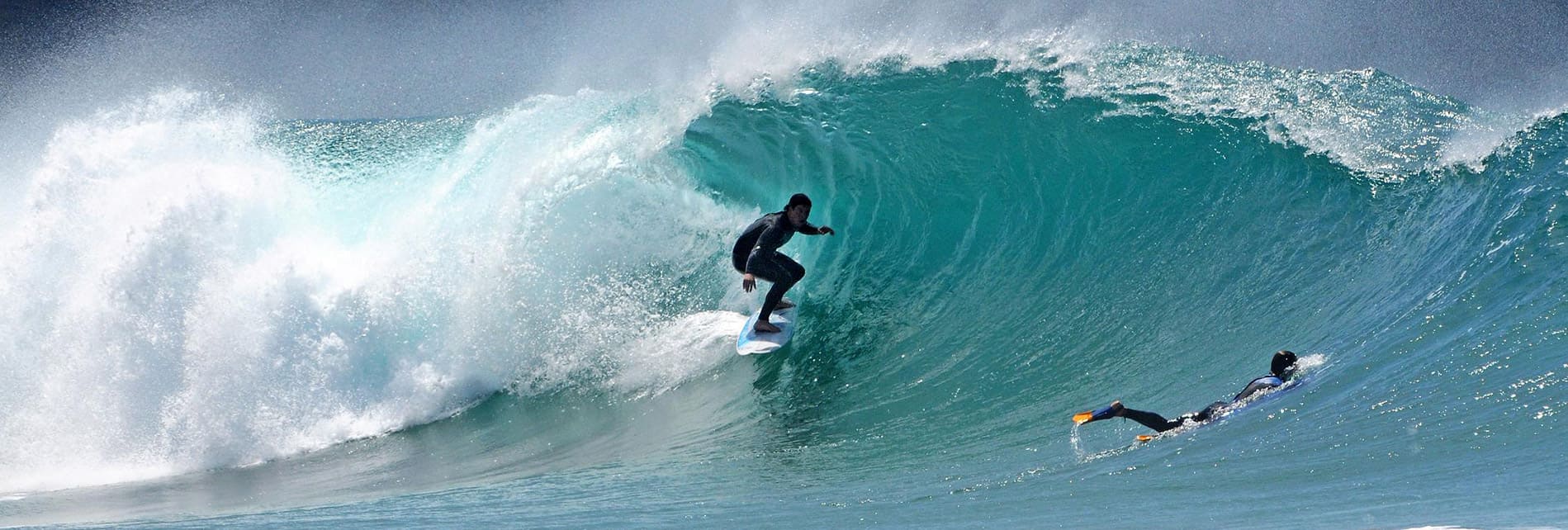
Sports
Cantabria is the perfect setting to choose your favourite way of enjoying thrills.

Caves
Cantabria has the highest density of caves with cave paintings in the world and has over 60 with paintings on its walls.



